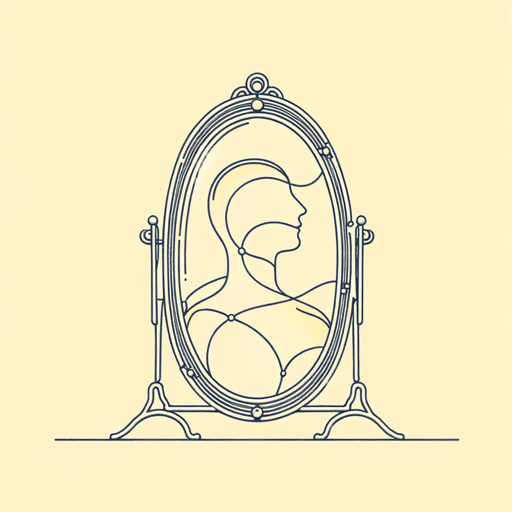47 pages • 1 hour read
V. S. RamachandranThe Tell-Tale Brain
Nonfiction | Book | Adult | Published in 2011A modern alternative to SparkNotes and CliffsNotes, SuperSummary offers high-quality Study Guides with detailed chapter summaries and analysis of major themes, characters, and more.
Background
Scientific-Historical Context: Neuroscience and Brain Research
Humans have been fascinated with trying to explain the human mind and brain since antiquity. Many of these theories were wrong, since early civilizations lacked the tools to study the brain. For example, early views thought cranial stuffing served as the primary function of the brain. Ancient Egyptians also believed the heart, rather than the brain, was the seat of intelligence, which is why they removed the brain but not the heart during mummification. Ancient Greeks, including the Greek philosopher Aristotle, tried to understand the function of the brain and neural disorders. Aristotle believed the brain’s primary purpose was to cool blood in the human body.
Researchers only began to make key discoveries about the brain starting in the 19th century. French physician and anatomist Pierre Paul Broca (1824-1880) discovered that different regions of the brain housed different functions. Broca’s area, named in his honor, is one example. It controls speech. Other researchers measured how fast nerve cells produced electrical impulses and examined what neurons looked like using salt.
Ramachandran laments the slow progress brain research has made compared to other hard sciences. He notes that during the 20th century, neuroscience only had two theories to explain human behavior. Freudianism, first proposed by Austrian psychiatrist Sigmund Freud (1856-1939), represents the first.

